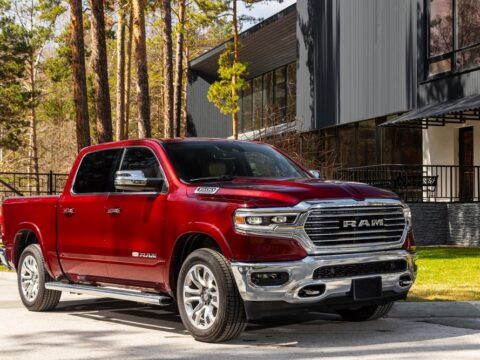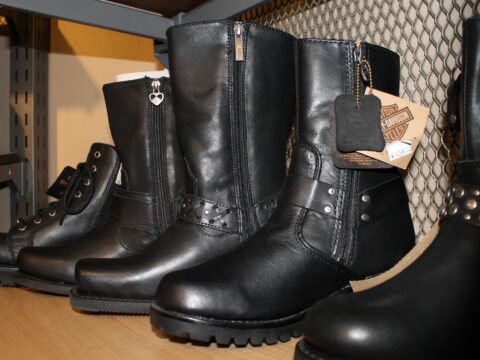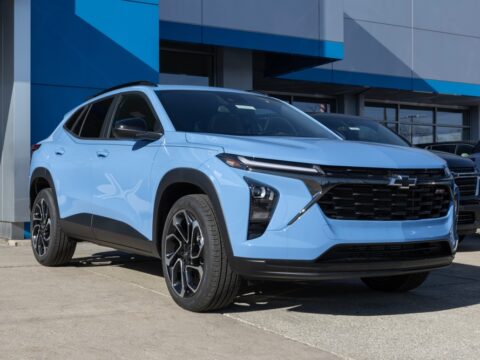Trading in your vehicle can be an easy way to upgrade, but there are a few steps you should take to get the best deal. A little preparation can go a long way in boosting your car’s value and ensuring a smooth transaction. By following these 19 steps, you’ll be ready to trade in with confidence and maximize your return.
Contents
Gather Important Documents

Before heading to the dealership, make sure all essential documents are in order. This includes the title, registration, and any information related to outstanding loans. Without these papers, the trade-in process can be delayed or even halted. Having everything ready not only streamlines the transaction but also shows the dealer you’re prepared and professional.
Check Your Vehicle’s Value
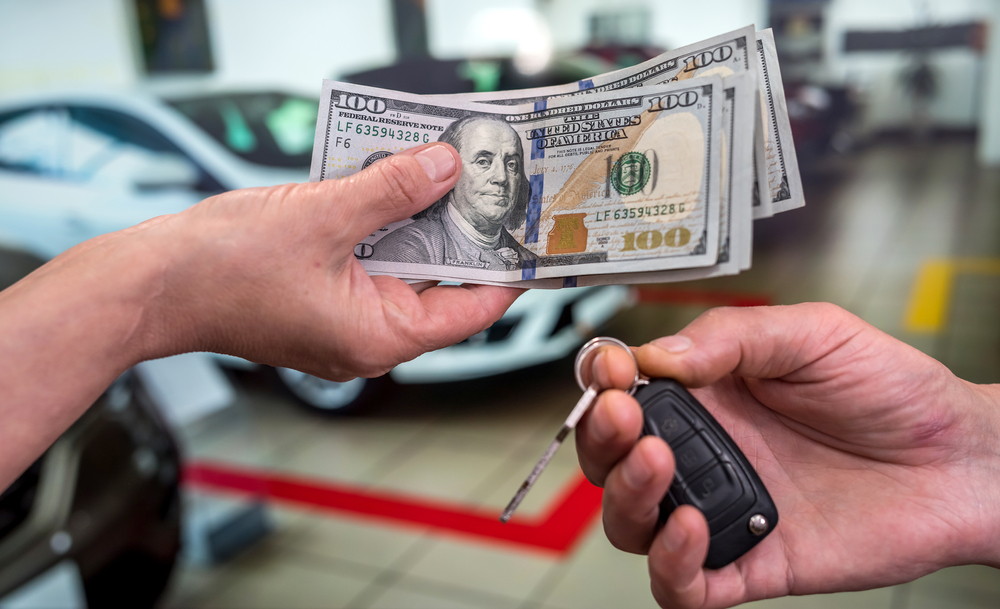
It’s important to know your car’s market value before negotiating. Utilize online resources like Kelley Blue Book or Edmunds to get an estimate based on your vehicle’s make, model, year, and condition. Armed with this knowledge, you can avoid accepting a lowball offer. Being informed gives you leverage and confidence during discussions with the dealer.
Pay Off Existing Loans
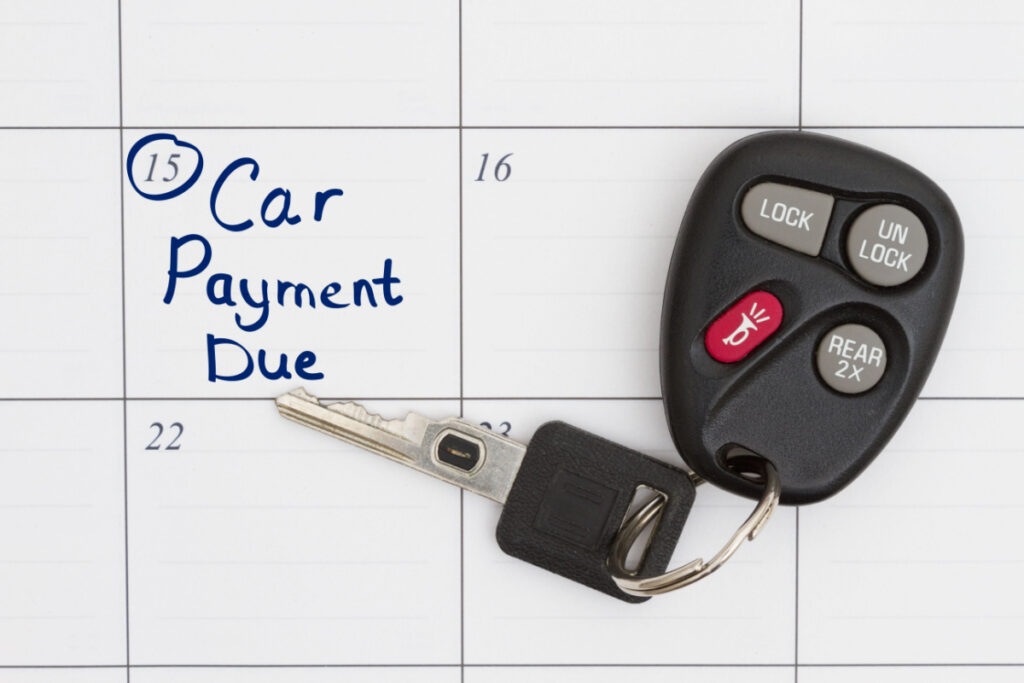
If your vehicle still has an outstanding loan, consider paying it off beforehand. Trading in a car with a loan can complicate the process and may result in negative equity if you owe more than the car’s worth. By clearing the loan, you simplify the transaction and avoid rolling over debt into your new car loan, which can increase your monthly payments.
Clean the Interior and Exterior

First impressions matter, especially when trading in a vehicle. Give your car a thorough cleaning inside and out to enhance its appearance. Remove personal items, vacuum the interior, and wash and wax the exterior. A well-maintained look can make your car more appealing to the dealer, potentially leading to a better trade-in offer.
Address Minor Repairs
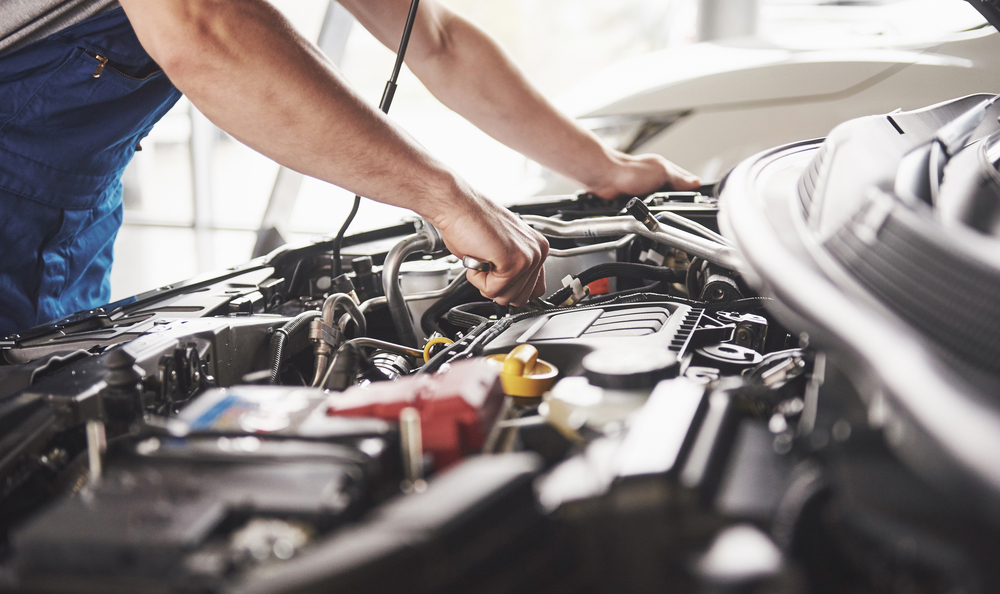
Fixing small issues can have a big impact on your car’s value. Take care of minor repairs like replacing burned-out bulbs, fixing dents, or touching up scratches. Dealers often deduct the cost of necessary repairs from the trade-in value, so addressing them yourself can save you money and increase your car’s appeal.
Get a Vehicle History Report
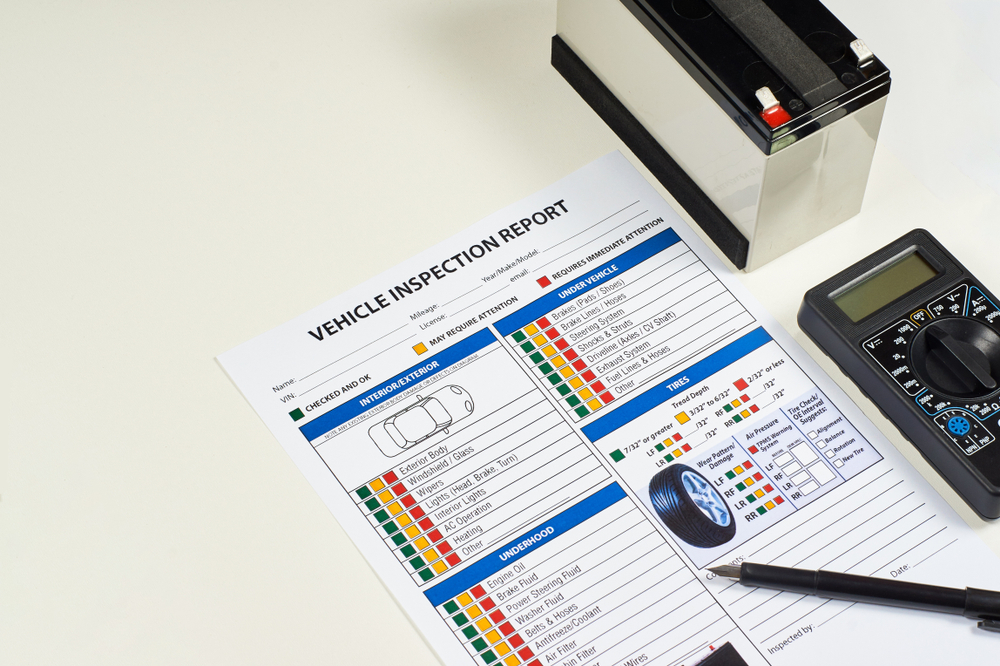
Providing a vehicle history report from a service like Carfax can build trust with the dealer. This report details any accidents, repairs, and maintenance records associated with your car. A clean history reassures the dealer of the vehicle’s reliability, which can positively influence the trade-in value.
Gather Maintenance Records
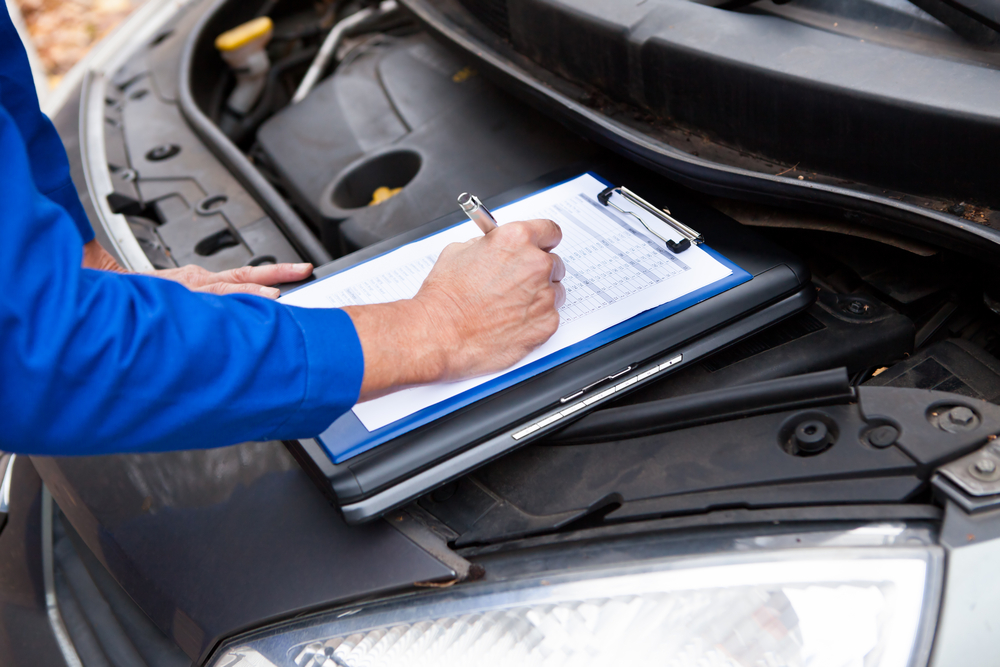
Collecting and presenting maintenance records demonstrates that you’ve taken good care of your car. Documentation of regular oil changes, tire rotations, and other services suggests the vehicle is in good mechanical condition. This can make the dealer more confident in your car’s value and may lead to a higher offer.
Check Tire Condition
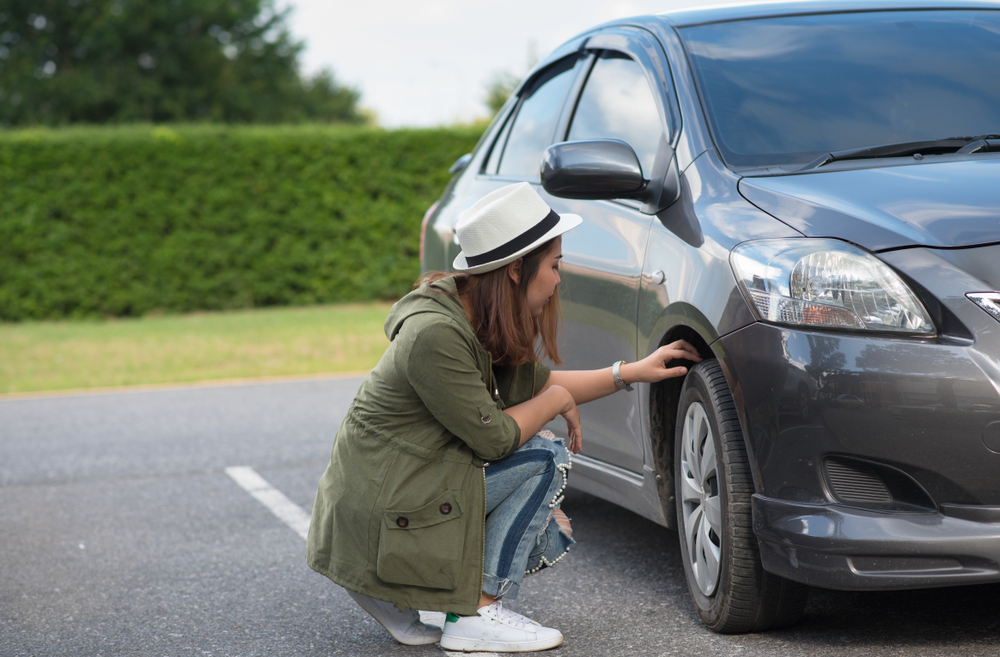
Inspect your tires to ensure they have sufficient tread and are in good condition. Worn or damaged tires can reduce your car’s trade-in value since the dealer will need to replace them. If necessary, consider investing in new tires to enhance safety and make your vehicle more attractive to the dealer.
Remove Personal Data from Electronics
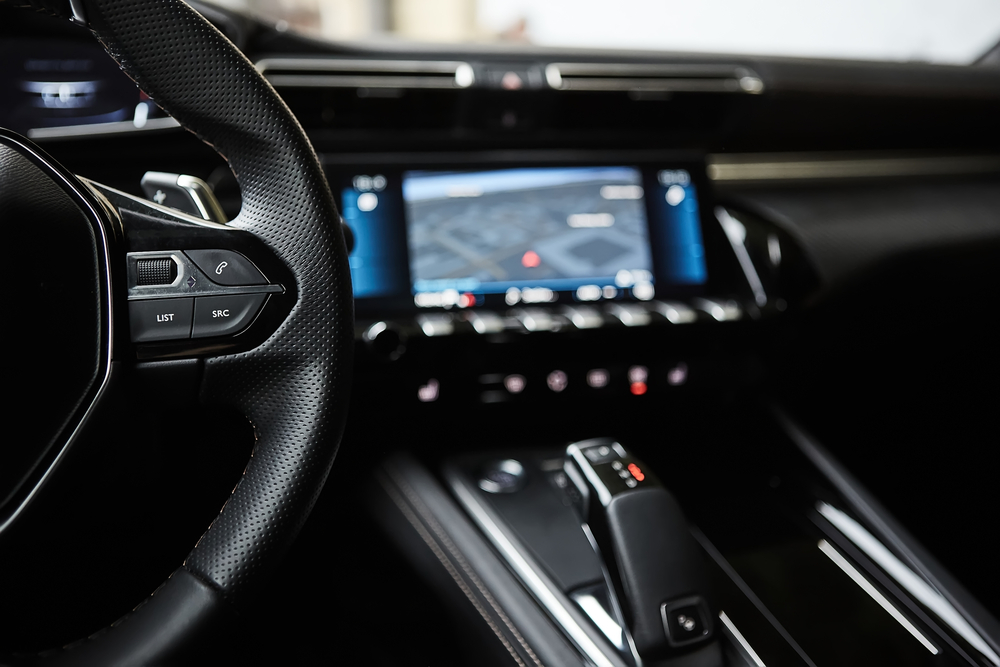
Modern vehicles often store personal information in their electronic systems. Before trading in, delete all personal data from the infotainment system, including contacts, call logs, and navigation history. Protecting your privacy is essential, and it prevents your information from being accessed by others after the trade-in.
Perform a Final Inspection
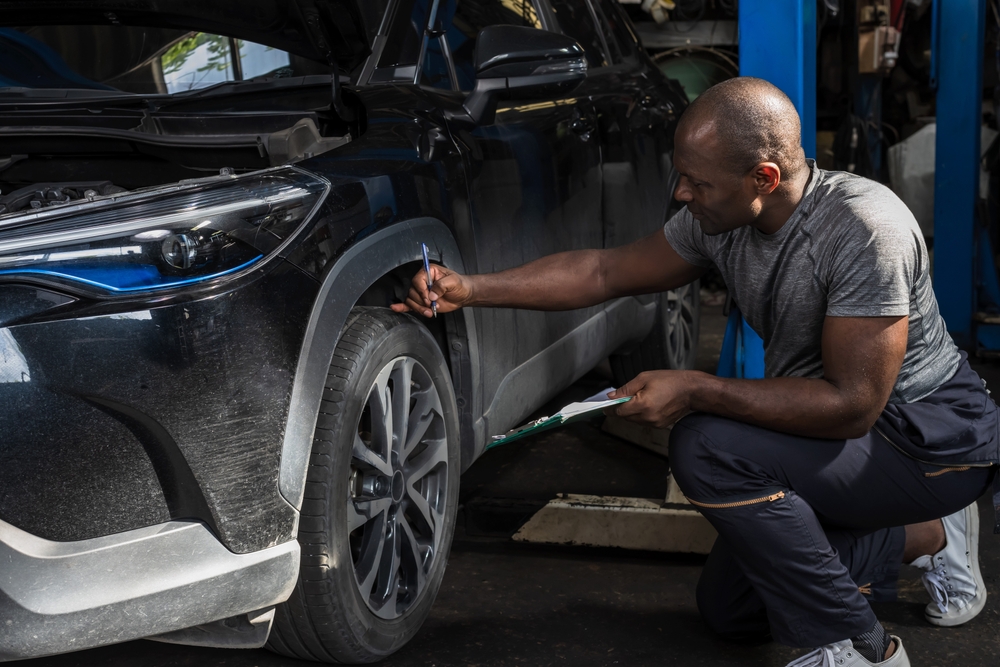
Conduct a thorough inspection of your vehicle to catch any issues you might have missed. Check for overlooked dents, scratches, or mechanical problems. Addressing these before trading in can prevent the dealer from using them as reasons to lower your trade-in value. A final check ensures you’re fully aware of your car’s condition.
Research Dealer Offers
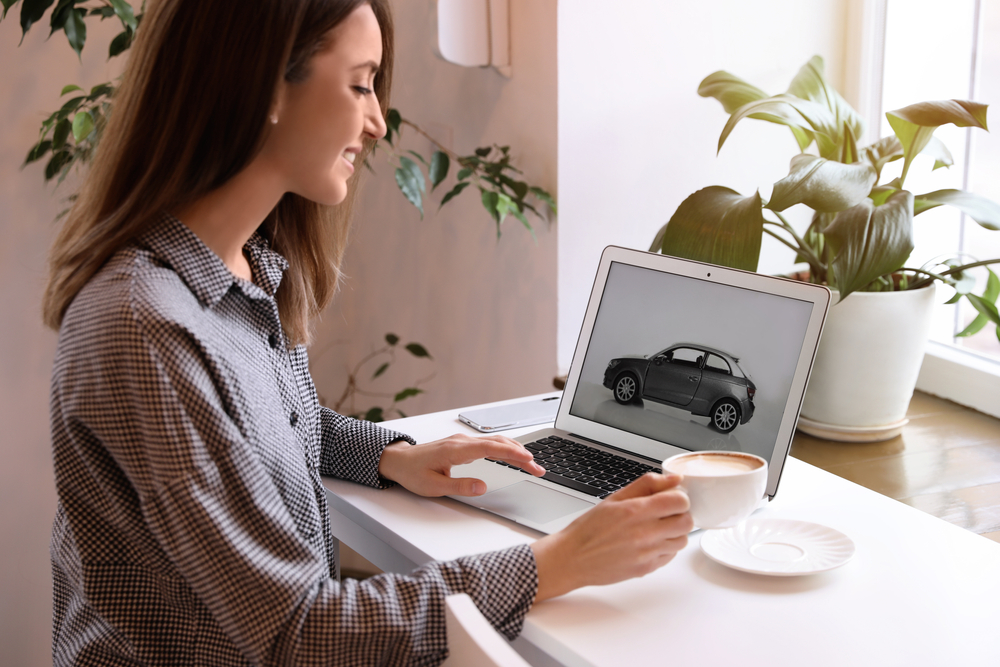
Not all dealers will offer the same trade-in value. Take the time to visit or contact multiple dealerships to compare offers. Some dealers may value your car more highly due to their inventory needs or target market. By shopping around, you increase your chances of getting the best possible deal.
Understand the Tax Benefits
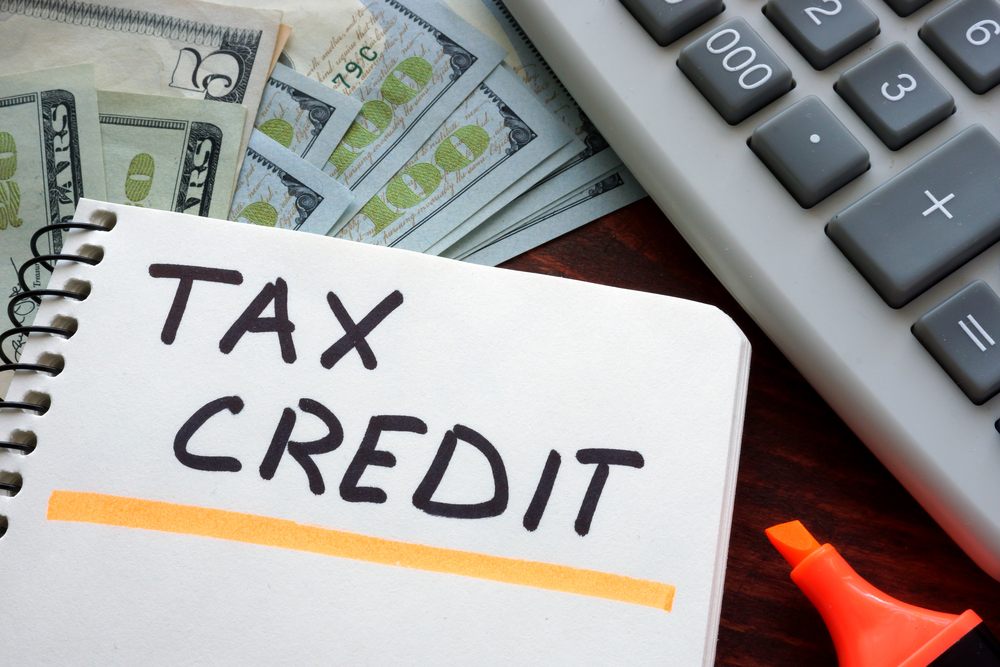
In some states, trading in your vehicle can provide tax advantages. You may only have to pay sales tax on the difference between the new car’s price and your trade-in value. Understanding these benefits can save you money and should factor into your decision-making process when negotiating with dealers.
Know Your Car’s Features

Be ready to highlight all the features and options your car offers. Extras like a premium sound system, advanced safety features, or a panoramic sunroof can add value. Dealers might overlook these unless you point them out, so emphasizing them can help you receive a higher trade-in offer.
Remove Customizations

If you’ve added aftermarket modifications to your vehicle, consider removing them before trading in. Dealers often prefer stock vehicles because customizations can limit the car’s appeal to a broader range of buyers. Restoring your car to its original condition can make it more marketable and help maintain its value.
Check for Recalls
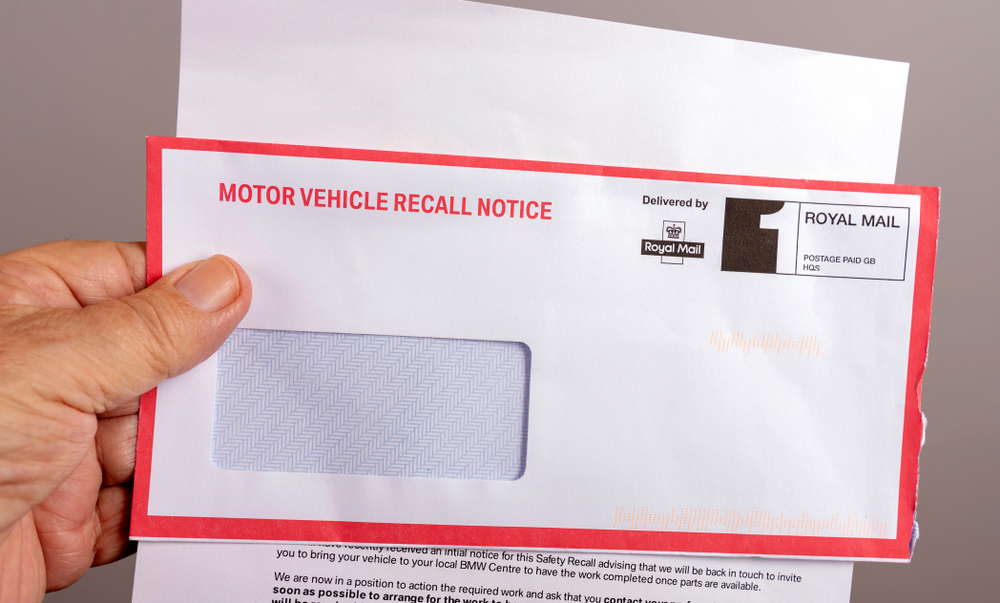
Ensure your vehicle doesn’t have any outstanding recalls. You can check for recalls using the National Highway Traffic Safety Administration’s website by entering your VIN. Addressing any recall issues before trading in can prevent dealers from reducing your offer due to unresolved safety concerns.
Negotiate Separately
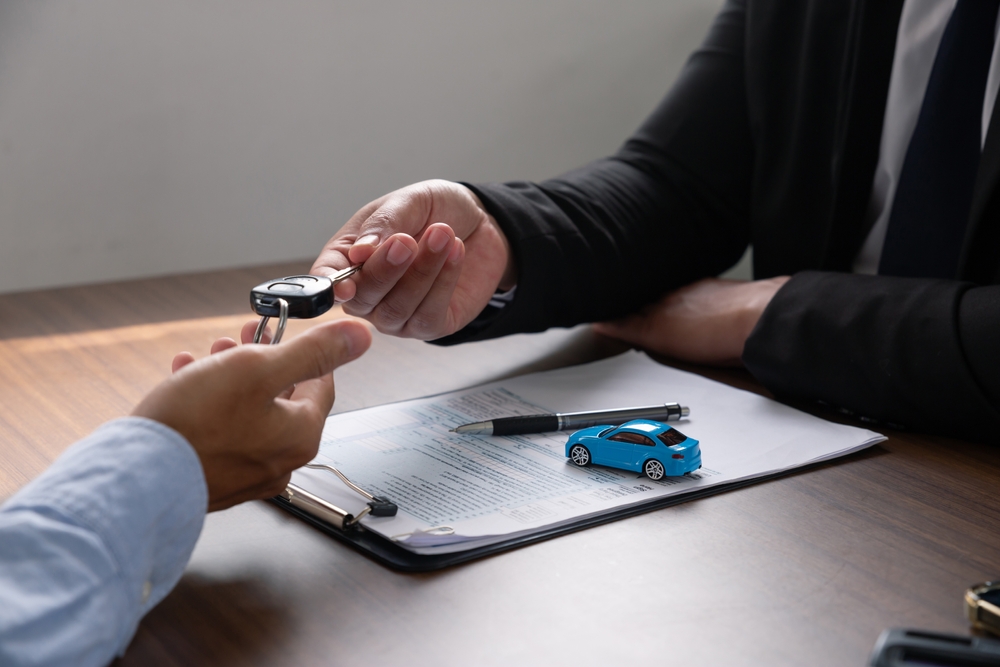
When trading in your car and purchasing a new one, it’s beneficial to negotiate each deal independently. Dealers may try to combine the transactions, which can make it harder to see if you’re getting a fair price on both. By separating them, you can focus on maximizing your trade-in value and minimizing the cost of your new car.
Look Into Private Sale Options

Selling your car privately might fetch a higher price than trading it in. While it requires more effort, such as advertising and meeting with potential buyers, the financial gain could be significant. Weigh the convenience of a trade-in against the potential extra profit from a private sale.
Know Your Vehicle’s Mileage
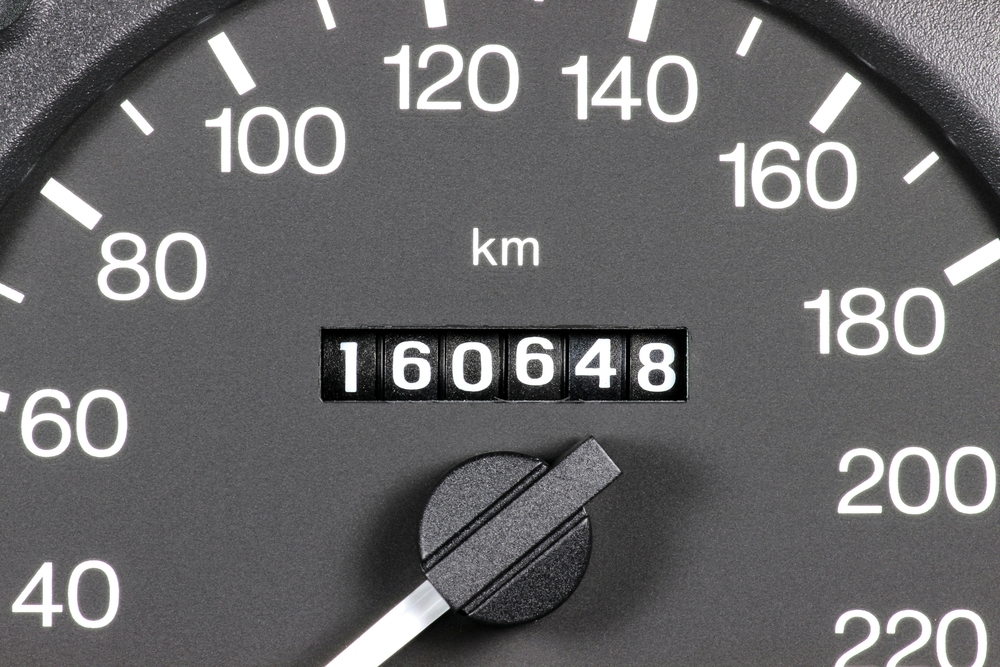
Be conscious of your car’s mileage, as it directly affects its value. Lower mileage typically means less wear and tear, making the vehicle more desirable. If you’re approaching a significant mileage milestone, like 100,000 miles, trading in before reaching it can help you secure a better offer.
Consider Timing

The timing of your trade-in can influence its value. Trading in before new models are released can prevent depreciation associated with older models. Additionally, certain types of vehicles may be in higher demand during specific seasons, such as SUVs in winter. Planning your trade-in strategically can maximize your return.
This article originally appeared in MyCarMakesNoise.
More from MyCarMakesNoise
15 Expert Tips to Boost Your Hybrid’s Fuel Efficiency
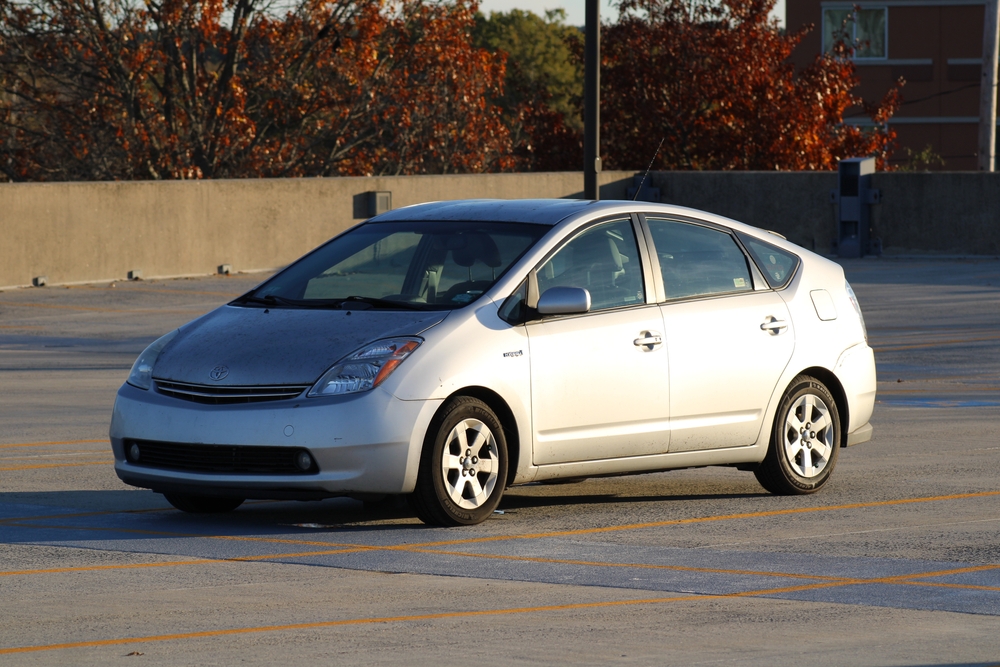
Owning a hybrid vehicle is a great way to save on fuel costs and reduce your carbon footprint. However, to get the most out of your hybrid, it’s important to know a few key strategies. Read More.
The World’s 18 Most Captivating Railroad Museums to Visit

Railroad museums offer a unique glimpse into the history and evolution of train travel, showcasing everything from vintage locomotives to intricate model railways. In this article, we will take you on a journey to discover the 18 most fascinating railroad museums around the world. Read More.
20 Historic Military Aircraft Rarely Seen Today

The skies of history are filled with legendary military aircraft that played crucial roles in their time. However, many of these iconic warplanes have become rare sights, often hidden away in museums or private collections. Read More.


